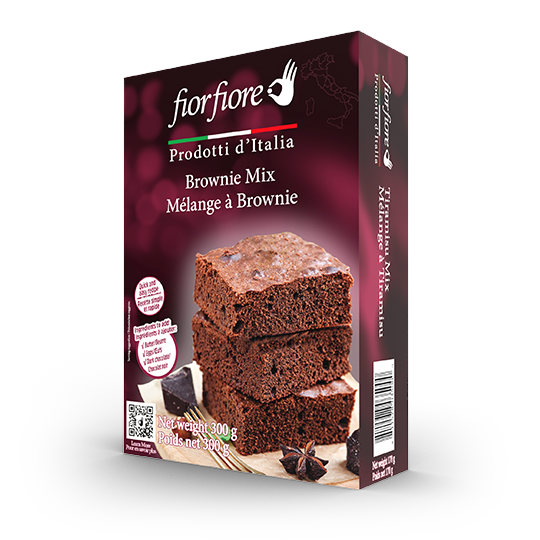


Tart Mix
A traditional Italian sweet, typically eaten for breakfast, but also appropriate to eat at any time of the day. The tart is made up of a shortcrust pastry base and thin woven strips. It can be filled in various ways: with jam, fresh fruit, custard, ricotta cheese or chocolate-flavoured cream. A quick and easy recipe for a delicious and healthy tart: prepare the tart two to three hours before serving in order to allow it to cool completely and then garnish to your liking.
One Of The Most Popular Desserts In The World
- Origins of the tart: In the city of Venice, after the year 1000, cane sugar imported from the East began to be used and a shortcrust pastry preparation was born, very similar to the current tart.
- The first written recipe: The first written recipe for tart dates back to the 14th century. It was inserted by Taillevent in his manuscript Le Viandier. Between the 1500s and 1600s the cookbook writers Bartolomeo Scappi and Bartolomeo Stefani recommended other variations in their precious cookbooks.
- September 9th: Italian day of the tart

Ingredients
Enriched wheat flour, Sugar, Sodium acid pyrophosphate, Sodium bicarbonate, Salt, Artificial flavours.
Contains: Wheat.
May contain: Soy • Milk • Sesame.
Preparation
What you need: 125 g of butter, 1 whole egg, fruit jam, a bowl, a 20 cm diameter cake tin / a cookiecutter.
Place the mix on the table, put in the middle soft butter cut into small pieces and an egg. Knead quickly then let the dough wrapped by a food-quality film rest for 30 minutes in the fridge. Roll it out with a rolling pin, then place it on the cake tin. Decorate and stuff it and bake it in preheated oven180°C for 20-30 minutes.
You can use the Mix also FOR BISCUITS: same process - let the dough rest, roll it out with a rolling pin, then cut it with cookie cutter. Bake it at 170°C for 10-15 minutes.
| Nutrition Facts | Per 1/9 cup (22 g) | % Daily Value* | Read more | |
|---|---|---|---|---|
| Calories | 70 | |||
| Fat | 0 g | 0% | ||
| Saturated | 0 g | 0% | ||
| Trans | 0 g | |||
| Carbohydrate | 17 g | |||
| Fibre | 0 g | 0% | ||
| Sugars | 7 g | 7% | ||
| Protein | 1 g | |||
| Cholesterol | 0 mg | |||
| Sodium | 0 mg | 0% | ||
| Potassium | 75 mg | 2 % | ||
| Calcium | 10 mg | 1% | ||
| Iron | 1,75 mg | 10% |
*5% or less is a little, 15% or more is a lot.

The origins of the tart: from Venice to the Kingdom of the two Sicilies
In 11th century Venice, cane sugar imported from the East began to be used and a shortcrust pastry preparation was born, very similar to the current tart.
So who invented the tart as we know it today? A nun from the convent of San Gregorio Armeno in Naples. It is said that the strips of shortcrust pastry on the surface of the cake are reminiscent of the grates with which the cloistered nuns attended religious services.
This dessert of simple origins was popular throughout history, so much so that it even reached the tables of the noblemen all the way the court of the Bourbons. It is said, in fact, that it was the only dessert capable of making Queen Maria Theresa of Austria, wife of King Ferdinand II of Bourbon, nicknamed "the Queen who never smiles", smile.
You might also like...
Submit your review | |



 FiorFiore USA
FiorFiore USA